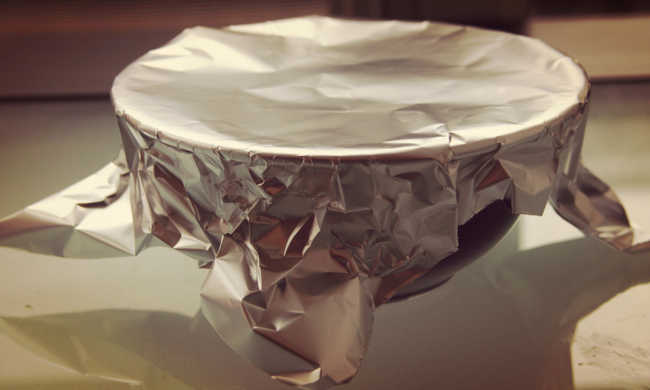Sharing energy: device can extract energy from other devices to recharge batteries
German student creates charger that captures electromagnetic radiation from electronic devices, power stations and even smartphone and notebook routers

With the advancement of technology, we all end up getting used to situations that have become commonplace in our lives, such as those times when we want to recharge our cell phones and we are on the bus, subway or anywhere where there is no blessed outlet.
The feeling of frustration for not having charged the battery before leaving the house or when I was at the office keeps hammering in our heads – even more when, because of that, we fail to respond to that long-awaited message that is always sent at the most inopportune hours ( for us, of course). If you have identified with this situation, know that you are not alone: thousands of people go through this every single day.
Precisely because of this, a German student, named Dennis Siegel, created an electromagnetic collector that captures the radiation present in the environment and uses it to recharge AA batteries (the famous alkaline cells). These devices can harvest electricity free of charge from anything: coffee machines, microwaves or even radioactive emissions coming from the router of a smartphone or notebook.
The concept is similar to the wirelles recharge developed by some smartphone manufacturers, but Siegel's invention does away with the charging pad that comes with these models (see figure).

The big difference between the two is that, while the wireless charger is highly dependent on the range and orientation of its transmitter, the German's device depends on the strength of the electromagnetic field around it.
Despite appearing to be the solution to the problems, the charger has limitations that greatly reduce its performance: each device can only recharge one AA battery per day. Check out how the electromagnetic charger works in practice in the video:
Microwave: power source
Researchers from the University of Tokyo (Japan) and the Georgia University of Technology (USA) are studying how to use the radiation emitted by the microwave that goes out and ended up inventing a device very similar to Siegel's.
They mounted a small charger in front of a microwave door with a 1 cm long antenna to generate an electrical current that could charge a circuit, according to an article published by the magazine. New Scientist. After that, they tested the machine for two minutes, and found that the energy gathered was enough to run low-power devices such as thermometers, timers and scales.
So far, only tests have been developed. But this is a vast field of research and one that will certainly yield many good ideas, such as that of German student Dennis Siegel.
Enjoy and know where and how to dispose of your old cell phone chargers!










